Advertisement
Running a restaurant has never been simple. Between unpredictable rush hours, tight margins, and rising expectations, keeping everything flowing smoothly is a daily challenge. That's where AI is starting to make a quiet but noticeable difference. Not in a flashy, science fiction way—but in how kitchens stay organized, how orders get processed, and how food waste gets cut.
It's not replacing people; it's helping them do their jobs better. From small, local diners to global chains, artificial intelligence in restaurants is reshaping routines and solving old problems with new tools, one decision at a time—without altering the essence of the service.
AI isn’t a magic fix, but in the kitchen, it’s turning out to be surprisingly helpful. Restaurants are using it to cut down on mistakes, speed things up, and keep food quality steady. In some fast food spots, AI-powered cameras watch meals being made, catching issues before they reach the customer. In busier kitchens, AI looks at past orders and helps time prep work so things don’t pile up at once.
It’s especially useful during rush hours. Systems can flag which items are likely to be ordered and nudge staff to get a head start. In smaller kitchens where every extra hand counts, this kind of help makes service faster and more accurate. When food comes out quickly and the order’s right, people notice. That kind of reliability isn’t flashy—but it keeps customers coming back.
Ordering a meal isn't just about picking something off a menu anymore. With AI quietly working behind the scenes, restaurants are getting better at knowing what people want—sometimes before they even ask. It can spot patterns based on time of day, weather, past visits, or where someone is ordering from. Instead of scrolling endlessly, customers receive smart suggestions that actually make sense.
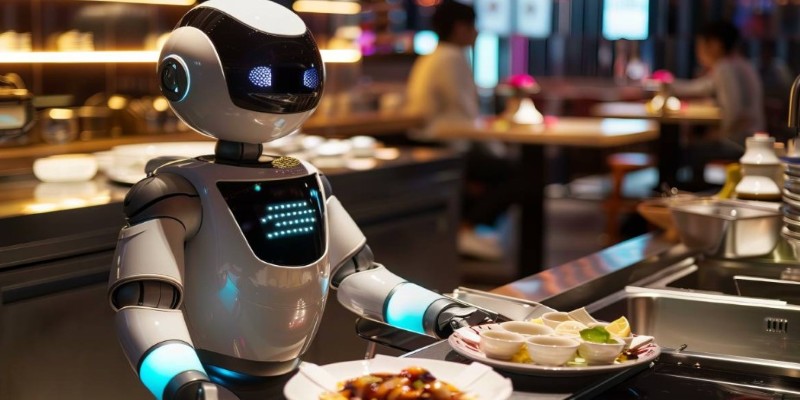
Voice systems are showing up in drive-thrus, too—able to take orders clearly, quickly, and without mixing up simple requests. They don’t get tired or distracted, which means fewer mistakes during a rush. Online, chat-based ordering is getting smarter at guiding people through the menu, flagging allergens, or suggesting sides that pair well—all without needing staff to jump in.
AI is also making things easier for people who have trouble seeing, hearing, or touching screens. Menus that speak screens that respond to large gestures or systems that understand a wider range of voices and accents—these are small changes that make a big difference. Ordering shouldn't feel like a chore, and with AI, it's starting to feel a lot more natural.
One of the most practical ways AI is helping restaurants is behind the scenes. Managing inventory has always been a balancing act. Too much stock leads to waste. Too little and customers go home disappointed. AI helps track what sells, when it sells, and how much should be ordered next time.
Some restaurants now use AI-driven systems that watch sales data in real-time and adjust inventory suggestions daily. This doesn't just mean less spoilage—it also makes the kitchen more responsive. For example, if a certain sauce runs low, the system might flag it early and suggest menu substitutions before a crisis hits.
AI is also being used to monitor food waste directly. Smart bins can weigh and analyze discarded food, identifying patterns that lead to loss. Maybe a dish is too large, or a specific ingredient is always being trimmed off and thrown away. Over time, this data gives restaurants the information they need to adjust serving sizes, portioning, or even menu design.
The financial impact of these tools is significant. Labor costs, supply chain delays, and rising ingredient prices are tough to manage all at once. AI helps with forecasting, giving managers a clearer picture of what’s coming next week—not just what happened last month.
There’s a common fear that AI in restaurants will replace human workers. That’s not how it’s playing out in most places. Instead, AI is being used to support staff, not replace them. Automated scheduling tools, for instance, help managers build fairer and more efficient rosters by matching worker availability with expected demand. Some systems even track worker fatigue or productivity, making it easier to rotate tasks or shift breaks.

AI-powered training tools are also gaining traction. New hires can now interact with training bots that walk them through safety steps or menu prep with video, voice, and instant feedback. This saves time for busy staff and helps reduce onboarding mistakes.
For customers, the effects of all this are subtle but powerful. Orders are more accurate. Wait times are shorter. Food is fresher. Service feels smoother. Some AI tools also gather feedback through surveys or monitor social media mentions to detect patterns in complaints or praise. This allows restaurants to act faster, fix recurring issues, or highlight what’s working well.
The result isn’t cold or impersonal. In many ways, AI is making food service more human by letting staff focus on interaction rather than repetitive tasks. A server who doesn’t have to worry about placing the right order in the system can spend more time checking in with the guest, answering questions, or fixing a problem before it grows.
The rise of AI in restaurants isn’t about replacing chefs or turning dining into a science lab. It’s about helping people serve food better—faster kitchens, smarter ordering, tighter inventory, and more support for the staff who keep it all running. This shift is already underway, even if customers don’t always notice it. The small touches—getting your order right, seeing a favorite dish available during peak hours, or enjoying quicker service during a rush—are where AI makes its mark. It's not about taking over. It's about making things work a little smoother every day.
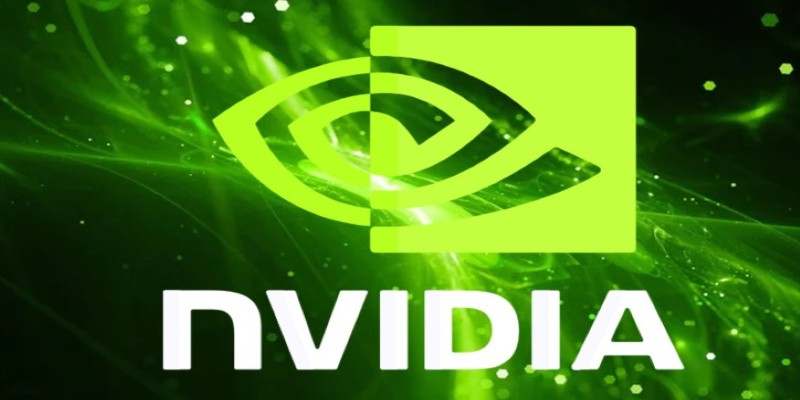
Nvidia's Perfusion method redefines AI image personalization with efficient, non-destructive customization. Learn how this breakthrough approach enables targeted learning without model degradation

Explore the key differences between Frequentist vs Bayesian Statistics in data science. Learn how these two approaches impact modeling, estimation, and real-world decision-making

How Enterprise AI is transforming how large businesses operate by connecting data, systems, and people across departments for smarter decisions
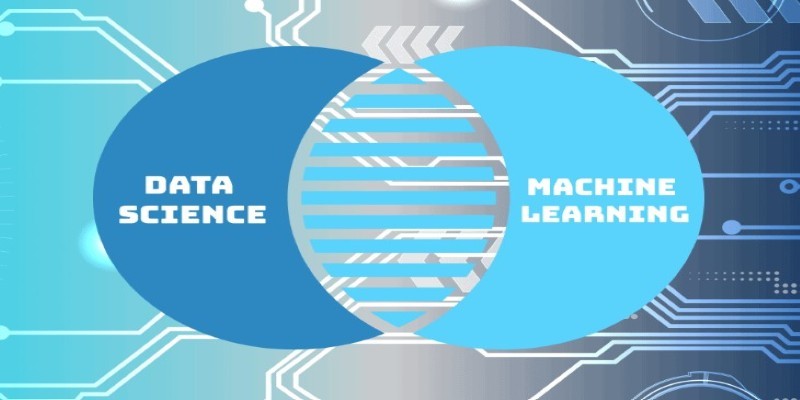
Learn the clear difference between data science and machine learning, how they intersect, and where they differ in purpose, tools, workflows, and careers

Discover the best places to see the Northern Lights in 2024. Our guide covers top locations and tips for witnessing this natural spectacle

How the ONNX model format simplifies AI model conversion, making it easier to move between frameworks and deploy across platforms with speed and consistency

How fine-tuning Llama 2 70B using PyTorch FSDP makes training large language models more efficient with fewer GPUs. A practical guide for working with massive models
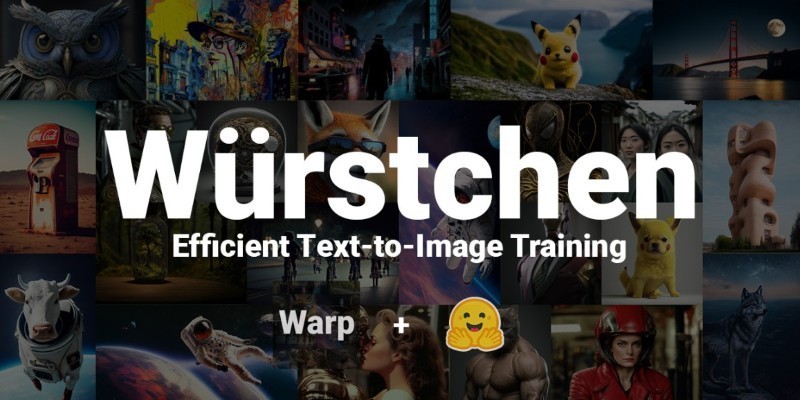
How Würstchen uses a compressed latent space to deliver fast diffusion for image generation, reducing compute while keeping quality high
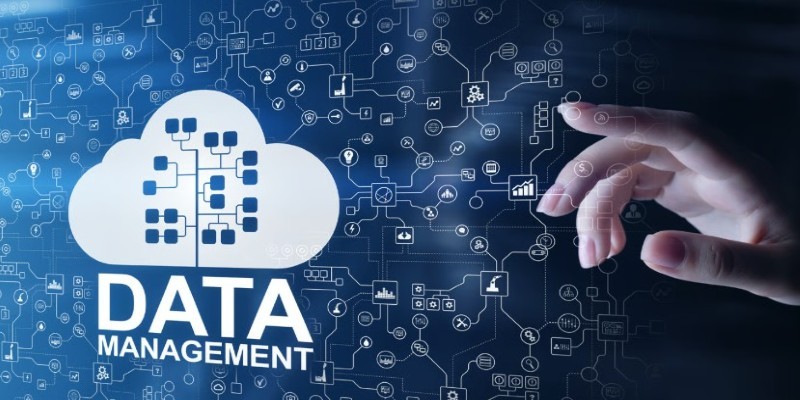
What data management is, why it matters, the different types involved, and how the data lifecycle plays a role in keeping business information accurate and usable
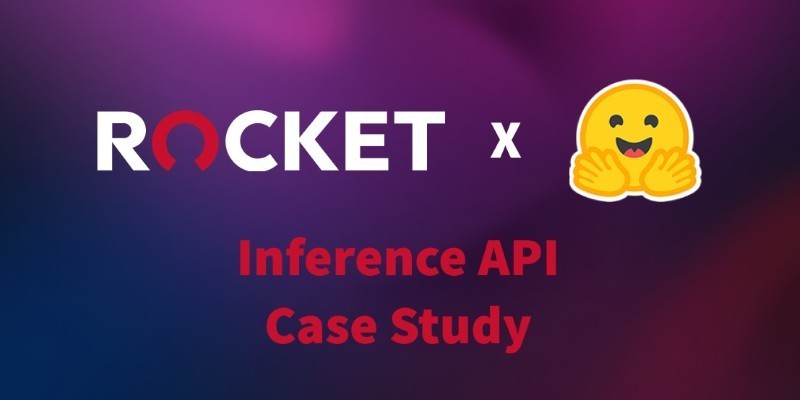
How Rocket Money x Hugging Face are scaling volatile ML models in production with versioning, retraining, and Hugging Face's Inference API to manage real-world complexity

Discover the top ten tallest waterfalls in the world, each offering unique natural beauty and immense height

How Making LLMs Lighter with AutoGPTQ and Transformers helps reduce model size, speed up inference, and cut memory usage—all without major accuracy loss